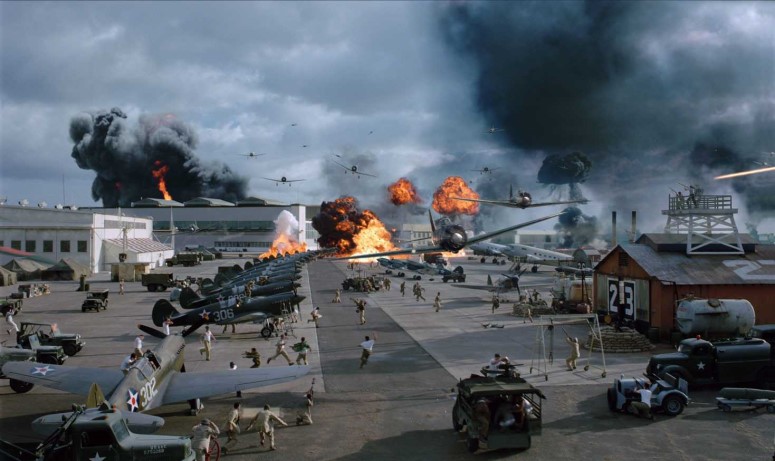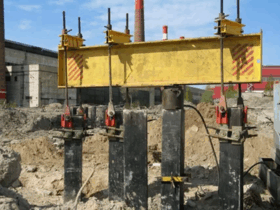The attack on Pearl Harbor, which took place on December 7, 1941, became one of the most significant events in the history of the 20th century. This sudden and devastating attack by the Japanese armed forces on the American naval base at Pearl Harbor in Hawaii radically changed the course of World War II and had a huge impact on American public opinion and world politics. Let’s look at the background, the course of the attack, its consequences and historical significance.
Tensions between the United States and Japan
Before the Pearl Harbor Attack, relations between the United States and Japan were extremely tense. Japan sought to expand its territory and influence in Asia, which led to conflicts with neighboring countries and increased confrontation with Western powers. While Japan continued its expansion, the United States increased economic and political pressure on Tokyo.
Japan’s decision to attack Pearl Harbor was dictated by several key factors. First, the American embargo on the export of oil and other strategic materials to Japan has significantly complicated its military and economic capabilities. Secondly, Japan sought to neutralize the US Pacific Fleet in order to ensure freedom of action in Southeast Asia. These factors combined led to the decision to launch a preemptive strike on the American base.
Strategic goals and objectives
The Japanese military sought to destroy or seriously damage the American navy, aviation, and infrastructure at Pearl Harbor. The main targets were battleships, aircraft carriers and aircraft on the ground, as well as fuel depots and repair bases. The attack consisted of two wave raids. In the first wave, consisting of 183 aircraft, battleships and airfields were attacked. The second wave, which included 171 aircraft, continued to destroy the remaining targets. Within two hours, the Japanese forces inflicted heavy losses. The attack on Pearl Harbor remains the subject of in-depth analysis and discussion.













Оставить ответ
Смотреть комментарии